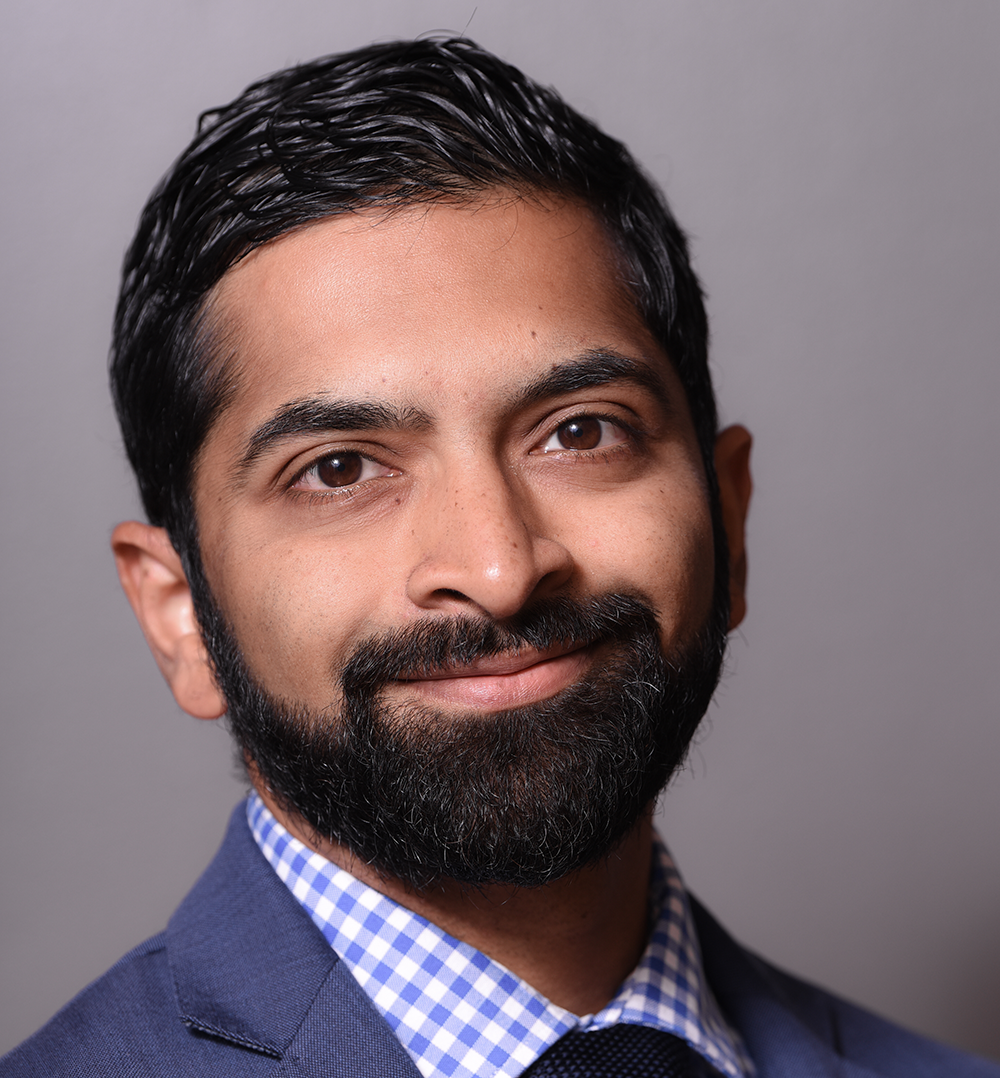
Beauty at Work
If you were to ask me when I first encountered something I would consider beautiful, the memory that comes to mind has to do with food.
When I was about seven years old, I lived in the Sultanate of Oman. My parents had moved there for work from India, and I used to go to a school that was populated by kids from all over the Indian subcontinent. School was a dreadful experience for me. I had teachers who were incredibly punitive and would make us kneel in the corner or hit us with wooden rulers for the slightest infractions.

The one thing that I looked forward to every day was lunchtime, when I could go to the school canteen, which was literally a hole in the wall. There were two sweaty men standing there passing out Indian street food in exchange for your crumpled-up notes, and you had to claw your way through a crowd of even sweatier kids to get to them. What I particularly looked forward to was their samosas. If you’re unfortunate enough not to know what that is, it’s a small savory pastry, like an empanada, stuffed with potatoes and peas. There was something extraordinary about this intensely flavorful samosa paired with the really spicy chutney they served it with. It was a flavor explosion that hit my tongue and then pulled me out of this world. It was as though in that moment was revealed to me almost a promise that there was something beautiful in this world that was meant for me, despite the bleakness of my day. But I never gave much thought to the concept of beauty.
When I was studying for my doctorate in sociology, I took a course on social movements, and we discussed how protest movements are fueled by moral outrage or negative emotional shocks. I wondered whether underlying those negative shocks there weren’t perhaps more hidden ideals of something beautiful.
What makes the violation of some ideal worth fighting for?
What is the violated good that somebody is trying to restore in the world and what makes that desirable?
As I was thinking about these questions, I stumbled upon Elaine Scarry’s book “On Beauty and Being Just.” She argues that it is our encounters with beauty in the world — for instance, our encounters with things like symmetry — that make us desire equality and justice. I wasn’t entirely convinced by her argument, but found it quite thought provoking, and it attuned me to taking beauty seriously.
What role does beauty play in the practice of science, whether for good or for bad?
Years later, I was studying the work of scientists around the world, and asking them about the challenges they encountered. Many of them spoke about how they sacrificed lucrative careers in industry, or scarified their health and sometimes even their families for the sake of their work. And when I asked them why they did it and what made it worthwhile, I was really surprised to hear many of them say “because it is beautiful.” That was not a word to expect to hear from scientists.
So, for the past five years, I’ve been trying to understand what beauty means to scientists. My team and I have conducted the world’s first large-scale empirical study on the role of beauty in science.
We’re asking:
What do scientists mean by beauty?
What role does beauty play in the practice of science, whether for good or for bad?
How might it affect recruitment or retention in science? How does it shape the well-being of scientists?
Through this work, I’ve been convinced that beauty has a larger role to play beyond just science. Beauty can seduce us and mislead us, but it may also be a vital aspect of human flourishing that we need to take more seriously.
More on all this in future posts.
Editor’s note: Brandon Vaidyanathan, Ph.D., is the 2023 Hancock Fellow at the Institute for Advanced Catholic Studies at USC. He is an associate professor and chair of the Department of Sociology at The Catholic University of America in Washington D.C.